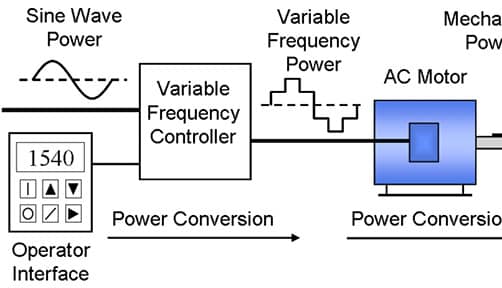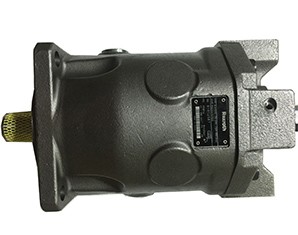Fastener Distributor FAQs | Bugle Drywall Screw vs Modified Truss Drywall Screw
Drywall fasteners come in a wide range of styles, including nails with or without coatings and screws with various threads and heads. One common question that your fastener distributor hears is whether to opt for the ever popular bugle drywall screw or use the modified truss drywall screw. Let’s take a look at the benefits of each type before we decide which one is best suited for your application.
Advantages of Using a Bugle Drywall Screw
This style of drywall screw is commonly used with wood framing, and results in a nice flush finish. The cone-shaped head recesses into the drywall with no additional pressure, creating a smoother surface that requires less mud.
Bugle drywall screws come in a broad range of drivers, with Phillips head reigning as the most used option. This style of drywall screw goes in fast with a standard Phillips bit, using either a power screwdriver, electric screw gun or impact wrench, or with a simple screw driver and a lot of wrist work.
In general, bugle drywall screws cost less than other styles, including the modified truss design. You can also find bugle heads in packs of varying sizes, perfect for small and large drywall projects.
Advantages of Using a Modified Truss Screw
The modified truss drywall screw boasts a round, flared head, with the center slightly raised. This style is available in black or plain finish, as well as zinc plated for added durability. You may notice the term K-Lath associated with modified truss screws, referring to wiring applications where this style of screw is commonly used.
With a short shank and large head, this type of screw holds very well for single sheet drywall applications, especially on steel studs. These screws can also be used in the steel framing, such as joining the steel studs and track together. Versatile and dependable, contractors find multiple uses for the modified truss or pan-head drywall screw.
Both work very well on both residential and commercial drywall applications. Pay attention to the thread (coarse vs fine) when purchasing your drywall screws and consider the quantities required. If you can get away with a smaller, more economical box of the bugle drywall screw, opt for that. Otherwise, consider the advantages of using the modified truss drywall screw for your application.



